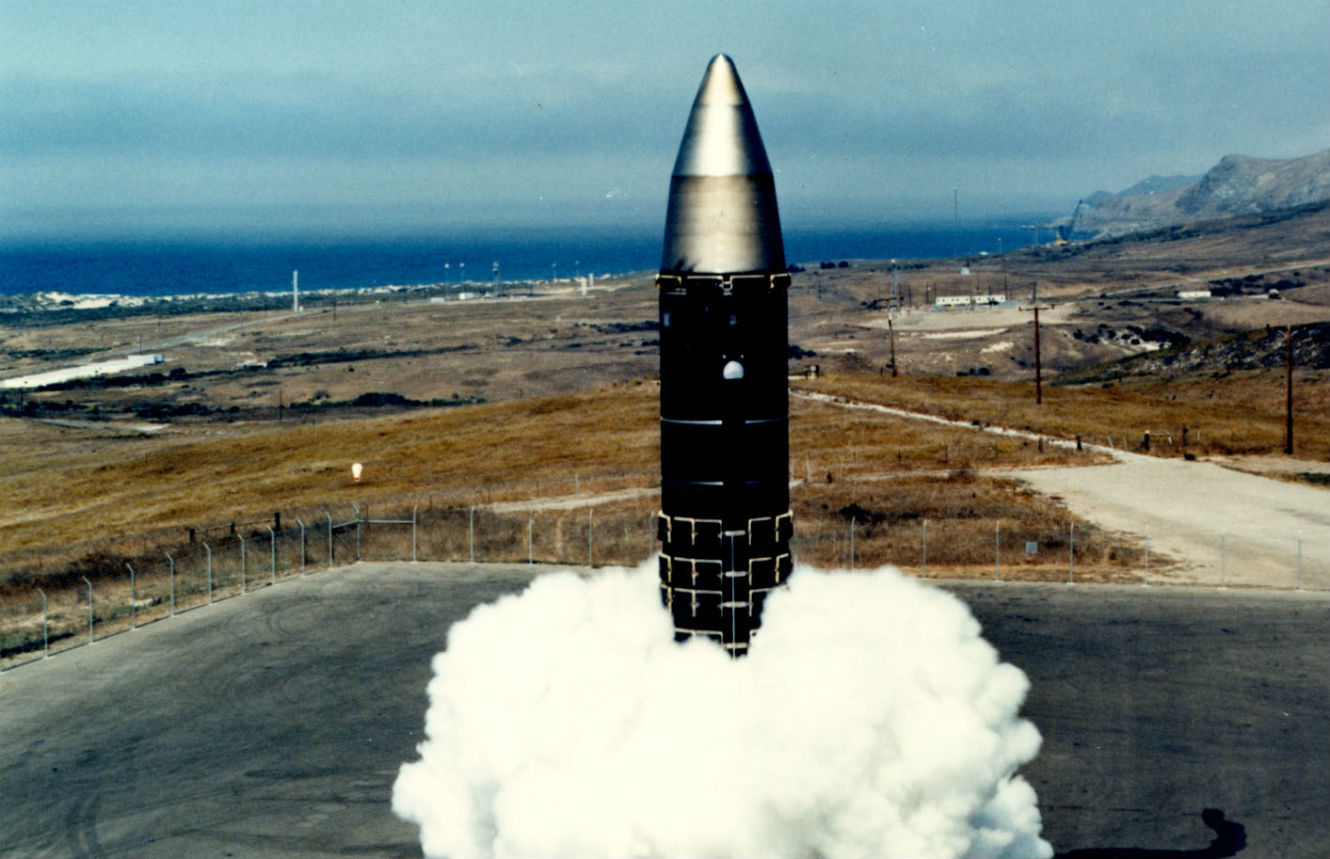Happymon Jacob
A military force with sharp internal divisions and discontent in the ranks has far-reaching national security implications. It’s time the defence establishment got its act together
The ‘controversial’ appointment of the new Indian Army chief who assumed office on January 1, 2017 is perhaps the appropriate occasion to discuss the rising uneasiness within the Indian Army on a number of significant issues. While the unconvincing rationale given for the appointment of Lt. Gen. Bipin Rawat as the new Army chief speaks volumes of the deep-rooted tactical thinking within the government, there remains an urgent need to address the lopsided promotion trends in the Army, rising infighting within the force, and their implications for India’s national security.
Those who support Gen. Rawat’s appointment arguing that merit was, and should be, the sole criterion for the supersession of two of his seniors fall short on a number of counts. First, to breach a well-established tradition in a conservative and hierarchical institution like the Army, the government should have a convincing and compelling reason which it doesn’t seem to have. Second, the argument of merit is largely redundant at the topmost levels of an organisation where all officers are equally competent, failing which they wouldn’t have made it to the Lt. Gen. rank in the first place.












